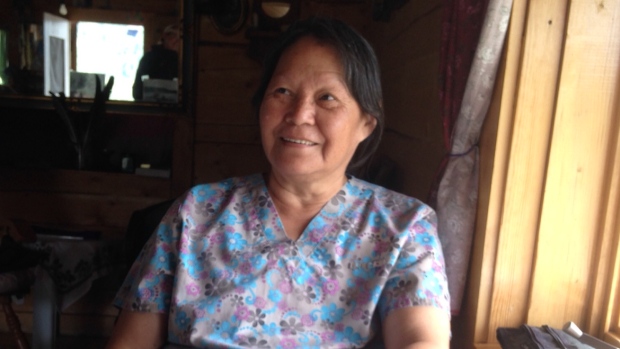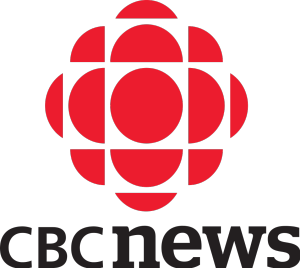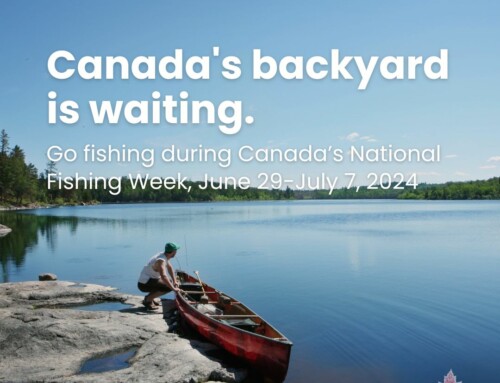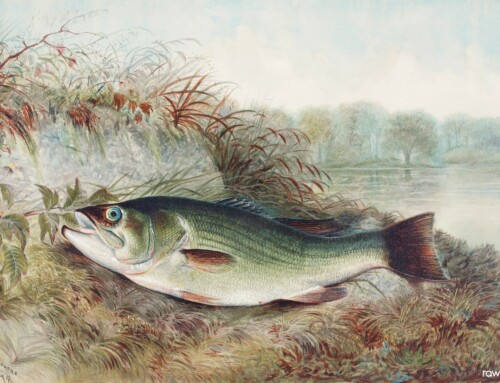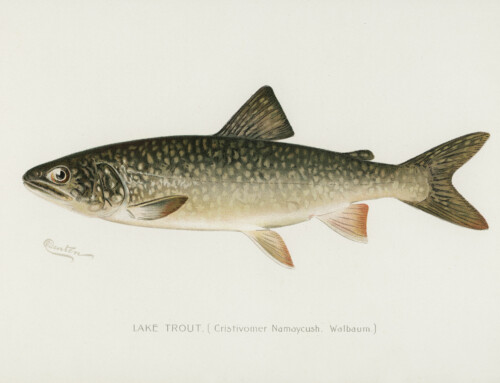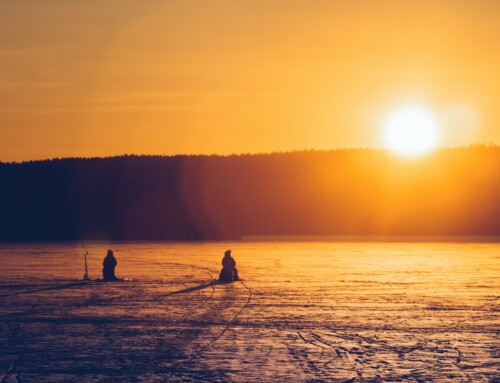Originally Published by CBC News, July 19, 2015
By Chris Windeyer
The Tr’ondëk Hwëch’in First Nation has been holding its First Fish camp since the early 90s.
The annual summer camp is designed to teach young citizens of the Dawson City First Nation about salmon: how to catch it, clean it and smoke it.
But with Chinook salmon populations in the Yukon River in serious decline, organizers of this year’s camp have had to change the program a little. The First Nation is using chum salmon — smaller, less fatty fish that were traditionally used as dog food — caught last fall and frozen for the winter.
Chum salmon populations in the Yukon River are healthy, says Natasha Ayoub, the fish and wildlife manager for the Tr’ondëk Hwëch’in First Nation. But using frozen chum means kids at the camp aren’t getting the full lesson.
“We don’t have the fish wheels in so they’re not actually doing the hands-on part of going to check the fish wheel, seeing if there’s any fish in it, you know, capturing the fish, netting them out of the boxes and stuff. And so there’s that whole aspect that’s missing a little bit,” Ayoub says.
“This year we’ve been taking the kids every night, going to the freezer and explaining which fish is coming out of the freezer, it’s chum run, it’s not the Chinook, why it’s coming out of the freezer and why it’s not fresh.”
Fewer and smaller fish
Chinook in the Yukon River haven’t hit the escapement goals — the ideal number of counted fish that are able to spawn — set by the joint U.S.-Canadian Yukon River Panel in five of the previous seven years.
In bulletin last year, Fisheries and Oceans Canada said that while the number of Chinook coming up the Yukon River into Canada was relatively high, most of the fish were younger males, not the females needed to ensure the species spawns in healthy numbers.
Angie Joseph-Rear, a Tr’ondëk Hwëch’in elder, says in recent years Chinook have been smaller, with a different flavour.
“I remember the days when it was really rich and the oil was dripping from it right away,” she says. “In the past few years it started not to. It seemed like there was no richness to it.”
It isn’t known why Chinook numbers are so low, but researchers and elders believe it may be a combination of overfishing and climate change.
Joseph-Rear says she’d rather avoid words like “blame” when discussing the cause of the Chinook’s decline. But she thinks warmer water in the river (Chinook prefer cold water), and the Alaskan pollock fishery, with ocean trawlers that historically also caught large numbers of Chinook in their nets, are leading causes of the salmon’s troubles.
A long wait
Last year, the Tr’ondëk Hwëch’in voluntarily suspended their Chinook salmon catch, a policy that continues this year. The suspension will likely last another five or six years — a Chinook’s life cycle is seven to eight years.
“It’s upsetting that we have to wait so long,” says 17-year old camper Sandy DuBois. “But for our future generations there will be plenty of fish.”
Commercial Chinook fishing on the entire Yukon River drainage system is also banned this year. And the U.S. National Marine Fisheries Service has imposed stricter regulations limiting salmon bycatch — the number of fish caught accidentally while fishing for another species — in the Alaskan pollock industry. This year, the agency expanded bycatch limits to other species besides pollock.
But until Chinook stocks recover, First Fish will lack the joy and excitement of kids and elders out on the water, checking nets together.
“That’s the sad part,” Joseph-Rear says. “Not to be able to fish. Not to be able to pull the net up and see the salmon in it.”
Photo courtesy of Chris Windeyer/CBC.

